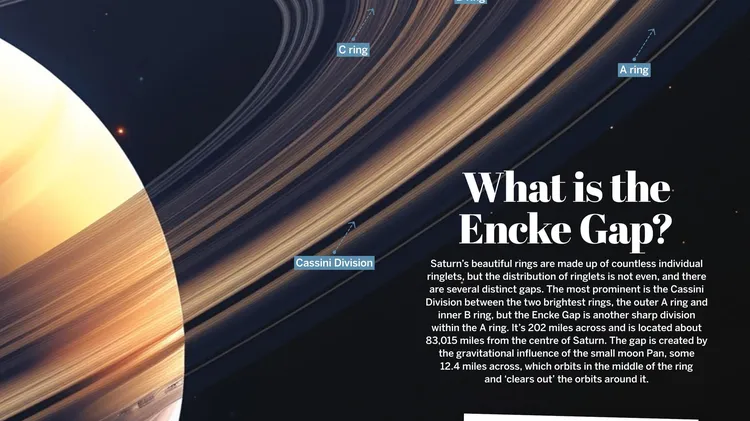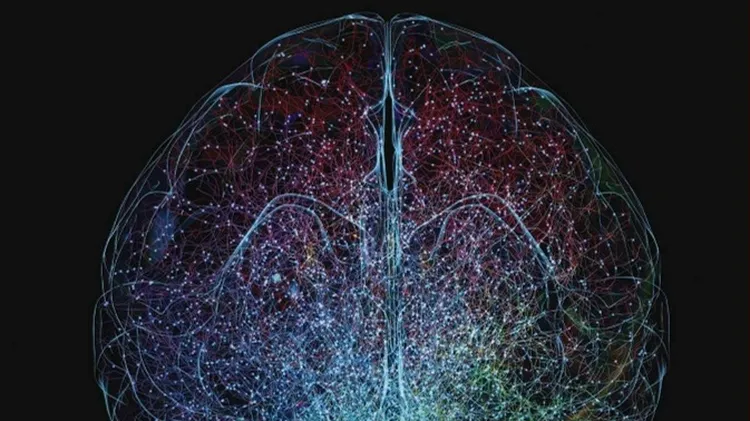Many questions remain
Understanding matter could reveal the reason we, and the universe, exist
3 min read
This article is from...
Read this article and 8000+ more magazines and newspapers on Readly






